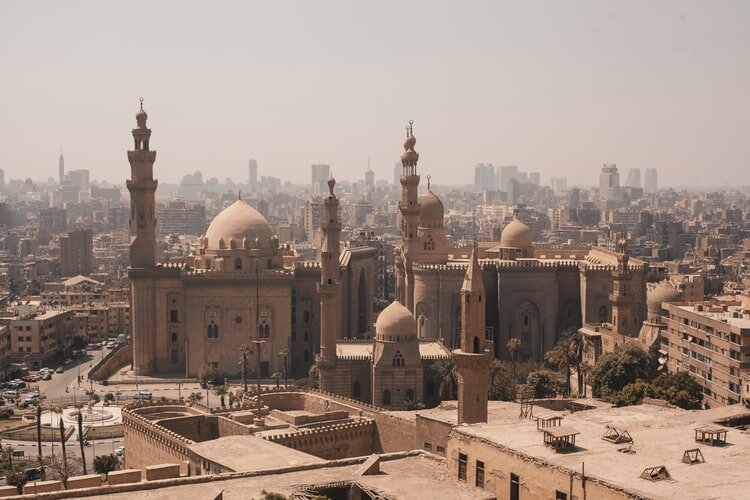
MAMLUK
The Mamluk people saw it all. From slavery to safety, the Mamluks’ societal status changed immensely. From 1910 to 1920, most of the Mamluk people were laid to rest inside the Tombs of The Mamluks: a burial site in the depths of Cairo. The word "Mamluk", meaning "owned", refers to the Mamluk peoples’ time as slaves. However, in a pleasant twist of fate and turn of events, the plighted Mamluk people changed their status and presided over modern-day Egypt and modern-day Syria for centuries. The Mamluk Dynasty held its own as a major power in the region from 1250 to 1517.
Links
[i] Ayyubid sultan
[ii] victory over Mongol armies
[iii] elevated Cairo
[iv] Catalan-Mamluk Treaty
[v] the seventh Bahri Mamluk Sultan
[vi] Armenians
[vii] Mongols
[viii] a faction led by Saif ad-Din Qutuz
[ix] the Ilkhanate
[x] Ablaq
[xi] Italian cathedrals
[xii] stalactite designs
[xiii] mashrabiya windows
[xiv] caravansary
[xv] Ayyubid Caliphate
[xvi] once-ordinary Mamluk man renewed status
[xvii] the ordinance
[xviii] the military elite
[xix] in 1249
[xx] Mongol Empire
[xxi] Burji Mamluk Dynasty
[xxii] emergence
[xxiii] The Ottomans
[xxiv] Mamluk Sultan of Egypt, An-Nasir Hassan
[xxv] largest mosques
[xxvi] prowess and capacity for jaw-dropping architecture
[xxvii] Mamluk Sultans dominated the global pepper trade
[xxviii] state control
[xxix] agricultural landholdings
[xxx] rizaq
[xxxi] waqf
By Mustafa Abubaker
